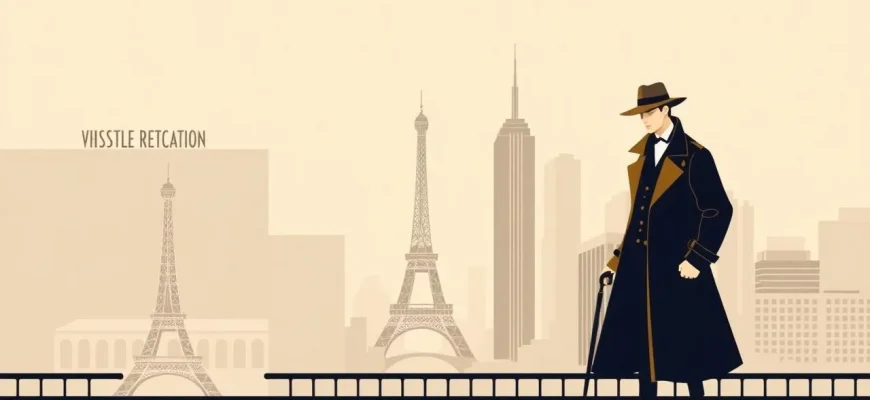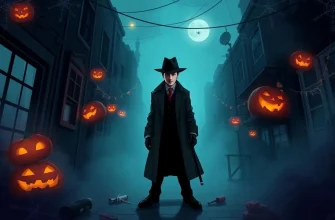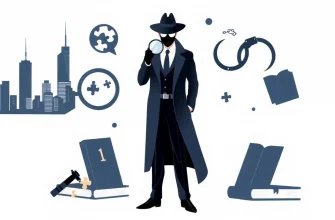Fancy a bit of mystery and intrigue from the early 20th century? Well, you're in for a treat! This collection of detective films transports you back to a time when sleuths were the epitome of cool, and solving crimes was all about wit, not just gadgets. From the foggy streets of London to the bustling avenues of New York, these films offer a delightful glimpse into the golden age of detective fiction. Whether you're a fan of Sherlock Holmes or just love a good whodunit, this list is your ticket to an era where every clue was a treasure and every case a puzzle waiting to be solved.

The Lodger: A Story of the London Fog (1927)
Description: Though silent, this film by Alfred Hitchcock is a proto-detective story about a mysterious lodger suspected of being a serial killer. It's an atmospheric piece that sets the stage for the detective genre's evolution.
Fact: This was Hitchcock's first thriller, and it established many of the themes and techniques he would later refine in his career.
 Watch Now
Watch Now
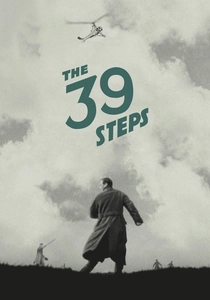
The 39 Steps (1935)
Description: Alfred Hitchcock's early masterpiece features Richard Hannay, who becomes embroiled in a spy ring and must solve a mystery to clear his name. It's a thrilling mix of espionage and detective work, set against the backdrop of pre-WWII Europe.
Fact: This film was remade several times, but Hitchcock's original remains the most celebrated for its suspense and clever plot twists.
 Watch Now
Watch Now
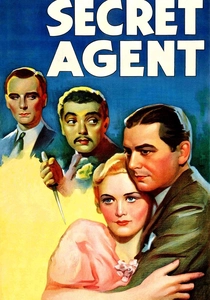
The Secret Agent (1936)
Description: Based on Joseph Conrad's novel, this Hitchcock film involves a British agent who must prevent a bombing in London. While not strictly a detective story, it captures the espionage and mystery elements of the time.
Fact: This was one of Hitchcock's early British films, showcasing his growing mastery of suspense and narrative complexity.
 Watch Now
Watch Now
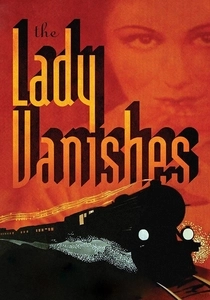
The Lady Vanishes (1938)
Description: Another Hitchcock gem, this film involves a young woman who searches for a missing elderly lady on a train, uncovering a sinister plot. It's a perfect blend of mystery, humor, and suspense, capturing the essence of early 20th-century detective stories.
Fact: The film was one of the last British films Hitchcock made before moving to Hollywood, and it's often cited as one of his best works from this period.
 Watch Now
Watch Now

The Adventures of Sherlock Holmes (1939)
Description: Following the success of "The Hound of the Baskervilles," this film continues with Basil Rathbone as Holmes, solving a case involving a stolen diamond and a murder. It's a classic example of Holmes' analytical prowess and the charm of his partnership with Dr. Watson.
Fact: This film was part of a series that aimed to bring Sherlock Holmes into the modern era, with updated settings and contemporary references.
 Watch Now
Watch Now

The Hound of the Baskervilles (1939)
Description: This film adaptation of Sir Arthur Conan Doyle's classic novel introduces us to the legendary detective Sherlock Holmes, who investigates the mysterious death of Sir Charles Baskerville, possibly caused by a spectral hound. It's a quintessential example of early 20th-century detective work, with Holmes using his deductive skills to unravel the mystery.
Fact: This was the first Sherlock Holmes film to be produced in the United Kingdom, and it was also the first to feature Basil Rathbone as Holmes, setting the standard for future portrayals.
 Watch Now
Watch Now
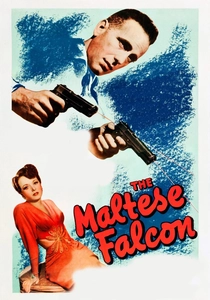
The Maltese Falcon (1941)
Description: Sam Spade, played by Humphrey Bogart, gets entangled in a complex web of deceit and murder over a priceless statue. This film is a cornerstone of film noir and showcases the gritty, hard-boiled detective style of the era.
Fact: This was the third film adaptation of Dashiell Hammett's novel, and it's considered the definitive version, with Bogart's portrayal of Spade becoming legendary.
 Watch Now
Watch Now
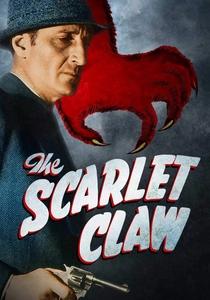
The Scarlet Claw (1944)
Description: In this film, Holmes and Watson investigate a series of murders in a small Canadian village, where a seemingly supernatural element adds to the intrigue. It's a fine example of how detective stories evolved to incorporate elements of horror and suspense.
Fact: This was one of the later films in the Rathbone-Bruce series, known for its atmospheric setting and a more complex plot than some of its predecessors.
 Watch Now
Watch Now
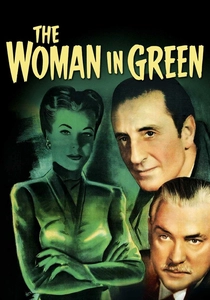
The Woman in Green (1945)
Description: Holmes investigates a series of murders where the victims' right forefingers are severed. It's a gripping tale of blackmail, hypnotism, and murder, showcasing Holmes' ability to solve the most bizarre cases.
Fact: The film features a memorable scene where Holmes is hypnotized, a rare occurrence in the detective's career.
 Watch Now
Watch Now

The Thin Man (1934)
Description: Based on Dashiell Hammett's novel, this film follows the adventures of retired detective Nick Charles and his socialite wife Nora as they solve a murder mystery. It's a delightful blend of comedy and detective work, showcasing the charm and wit of the early 20th-century detective genre.
Fact: The film was so popular that it spawned five sequels, and the character of Nick Charles became an iconic figure in detective fiction.
 30 Days Free
30 Days Free

